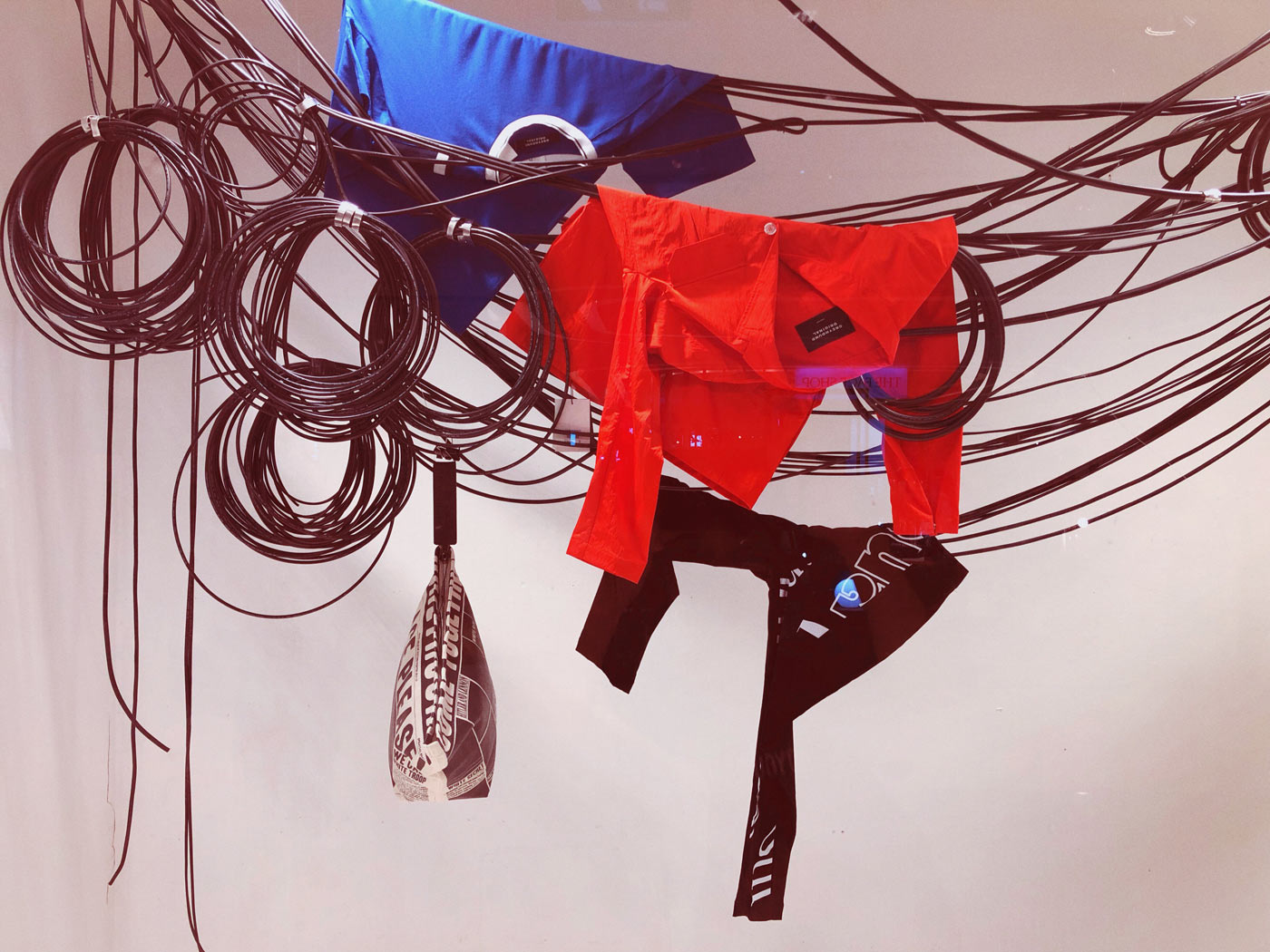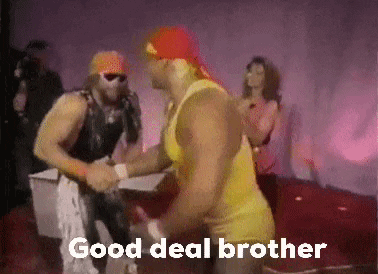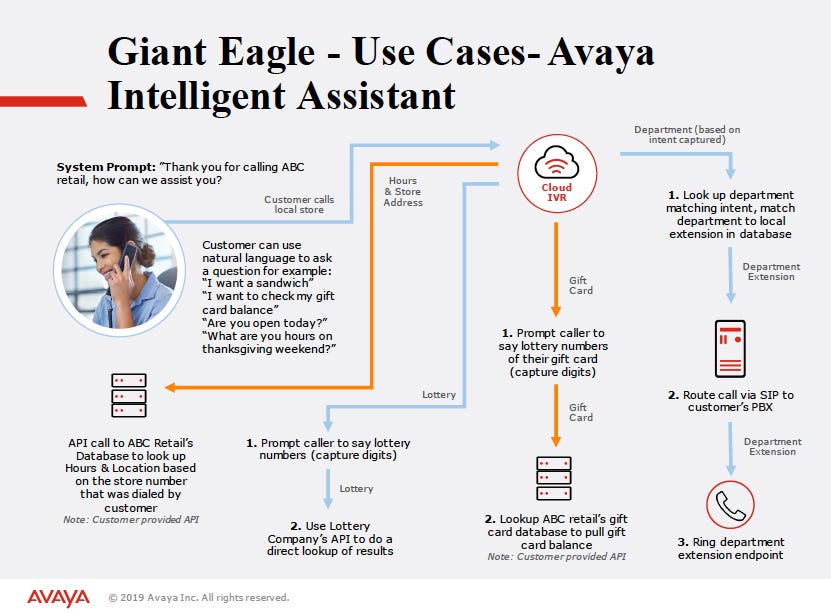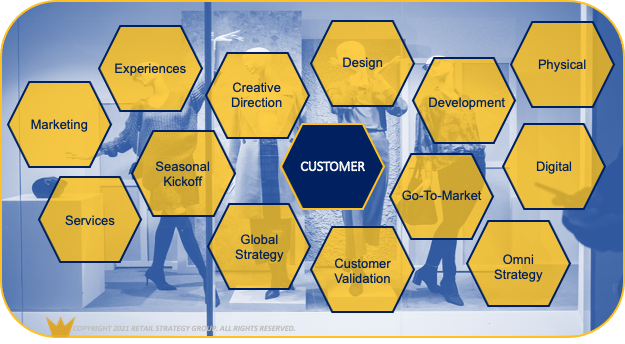Welcome to The Merchant Life, for retailers and retail enthusiasts wanting the insider perspective of all things retail.
Now let’s talk shop.
In this week’s newsletter, we recap some of our learnings from Collision 2021.
Collision 2021 was like navigating a collision course – trying to maximize my limited time over 3 days…with 400+ speakers and 100 hours of content, big tech players, celebrities, roundtables, masterclasses and mixers.
I am officially ready for the after party.
Most events we attended were informative and full of applicable soundbites that were relevant to innovating today’s retail landscape but there were a few sessions that I bailed on.
I bounced after 5 minutes of hearing Nicole Kidman speak on Sera products (no offence Nicole) – it had nothing to do with innovation of products or how technology accelerated it’s speed to market and was totally a brand selling it’s skincare. It felt out of place at Collision…but I digress.
My rating on Collision as a layman, non tech startup?
Definitely worth it.
Here are some of the relevant highlights we curated for this week edition of The Merchant Life.
Something to Nibble On
CEO Rosie Bailey had a lot to say about Nibble – a negotiation chatbot. Think the Honey extension but it actually gives you a deal.
As part of the 2021 London Business School incubator, the tool enables customers to negotiate a personalized price while they shop online. The platform gives the retailer a better alternative to voucher codes and blanket markdowns, while giving the customer a fun way to negotiate.
The beauty of a negotiation tool ➡️ the customer is totally engaged.
Think about bidding on a hotel room on Priceline and eagerly awaiting your bid being accepted while seeing William Shatner on your screen.
The joy is the same.
I was able to chat with Rosie after her panel appearance and she walked through these comparative scenarios describing how Nibble works.
Scenario 1:
- You are looking to buy a laptop and you have 4 tabs open with comparable models in your shopping cart.
- You have the Honey extension running, populating discount codes that don’t work.
- You are googling for discount codes only to find that whatever you find has expired.
- You finally stumble upon a promo code of 10% off and you go all in, making the purchase.
Scenario 2:
- You are looking to buy a laptop and you go to your favourite online store.
- You click on the Nibble extension and it asks you what you want to pay.
- You chat with Nibble and you negotiate a price.
Yup, feels like Priceline.
The solution sparked a thought in my mind…
Could a negotiation tool change the way retailers plan for markdowns in their forecasted buys and in season planning? 🤔
To validate my idea, I immediately jumped on the phone with Stephanie Atanasovski, former Senior Planner for AllSaints and Topshop, currently Head of Planning for Cotton On.
She broke it down like this:
Today, planners plan for a percentage of product that will be marked down during the season. In many cases, products will be put on promo if they don’t sell.
Either way, these markdowns are planned into the forecast for the season.
“We start with a soft promo of about 15-20% to give the product a push. If the product tanks, we push the deeper discount, slashing prices until we clear out the inventory.
The risk? Deep discounts can devalue a brand and we will compete with other retailers during hyper sale events like an end of season sale, Black Friday, Boxing Day, etc.”
My passion around seasonless assortments and elimination of markdown planning is not new – ask any of the retail nerds I talk to. And I knew there was an idea here.
What if you didn’t have to plan for spend on markdowns and have the customer negotiate a better price, within set parameters?
In addition to targeting certain slow sellers, you can target the customers who only shop discount while pushing regular prices to the customers that are not serial promo shoppers.
We broke it down even further.
“You forecast $10,000 in markdowns for Spring. Your discount can range from 15% to whatever you need to clear out those bottom sellers. In addition to the markdowns costing you no more than $10,000, your GM plan is 30%.
Add Nibble. You forecast a range of $5000 to $10,000. You only target bottom sellers when the customer is looking to pay less. Your markdowns will cost you less and you exceed your GM plan.
No end of season sale, no risk to devalue the brand, and no need to compete with other retailers on sale at the same time as you.
The cherry on top – use of a loyalty program can drive repeat purchases from customers as they would chase (and unlock) premium discounts.
It’s a potentially lucrative proposition.
Head over to Nibble’s website and try the tool out for yourself.
Center of the Universe
Davide Petramala, Director of Customer and Partner Onboarding at Avaya, hosted a masterclass on how to create customer experiences that matter.
The model is simple…
Retailers must shift to being customer centric.
Migrating the customer from the end of your supply chain to the center of everything you do will create the most customer engagement.
Davide shared a use case with us on Giant Eagle, a supermarket chain with 474 stores and 37,000 employees.
Their challenge —> reduce the number of customer service calls that store staff were required to answer.
The problem —> answering these calls cost Giant Eagle approximately $3M in productivity.
The Avaya solution?
Implement the Intelligent Assistant, a cloud based solution where manual processes were automated and AI was used to streamline workflows. As data is collected through every interaction with the customer, AI is delivering personalized and intelligent customer experiences.
The customer is at the center.
This masterclass had me talking to my giant screen and if this was in person, I would be giving Davide a standing ovation, yelling I AGREE WITH EVERYTHING YOU ARE SAYING! 👏🏽👏🏽👏🏽
Two years ago, I worked with a global retailer on changing how they thought about the customer within the line plan process. From concept to design to market, the customer shifted from not being involved in every stage of seasonal planning to being at the center.
An example:
Incorporating the customer during product design by validating and testing design ideas through a focus group or polls on social media will save a lot of time and money before heading to development, sampling, production, and market.
OR
Prior to seasonal kick-off, validate product stories and ideas through gaming or TikTok and/or Instagram Reels.
Give the customer the opportunity to weigh in.
The best part of all this?
As customers are engaged, you build a relationship with your fan base and the anticipation prior to product launch will be like waiting until 5pm to pour yourself a glass of Barolo.
Flippin’ It
You heard it here first: Resale is the fastest growing section of retail.
Ok that’s not true but we do love to talk about the golden child of sustainability – Resale is here and it’s growing as fast as the r/wallstreetbets subreddit.
The concept has come a long way as more than 72% of retailers want to test it in the next 10 years. Case in point – Nike and Lululemon announcing that they getting into the resale game.
The marketplace has come to a point where reselling has become mainstream and retailers can no longer ignore it. In fact, retailers are finding that consumers will SHOP MORE with them if they happened to offer a secondhand product assortment.
But the challenge is that not all retailers are a Nike or Lululemon – they may not have the infrastructure or knowledge internally, hence partnering with companies like ThredUP makes sense.
The company has manifested the idea of a RaaS (Resale as a Service) into existence. ThredUp has developed a platform whereby they can go to any retailer and ask if they want to offer a resale option – if so, the retailer can plug into the ThredUP platform.
Naturally, this lends itself to a broader conversation (which we have touched on in The Merchant Life previously) regarding sustainability. We spoke to Melissa Minkow, Retail Industry Lead at CI&T, moderator for the Collision event with Nibble, and she made a great point on sustainability.
“Retailers are great at making broad claims on sustainability, almost as an afterthought on their business processes. They feel the pressure to make changes to how do they business.
The resale model doesn’t need to do that. They don’t need to think of sustainability as an afterthought because their business model IS sustainable.”
We also chatted about retail’s big players entering the resale world and what it means to customer segments.
Consider the fact that the resale customer was and is never the same as the first round customer.
This makes resale not just attractive from a sustainability perspective but also from a customer relationship one. Introducing resale may reveal characteristics of a subset of customers that retailer has not recognized yet.
In other words, resale provides additional, tangible benefits if used as a method to get to know customers better.
For example, are resale customers more or less price sensitive compared to other customer segments? Are they more or less promotionally sensitive? Is resale a make or break criteria to shop with a brand?
Then, if this new customer data is used properly, a retailer can introduce targeted offers and personalized experiences to help drive a change in behaviour related to the remainder of the offerings.
But here is some additional food for thought:
What if retailers add their excess inventory into their resale stores to eliminate products from going into landfills or sitting in warehouses for years?
Definitely an option but you know how we feel about overproduction.
Just don’t do it.







